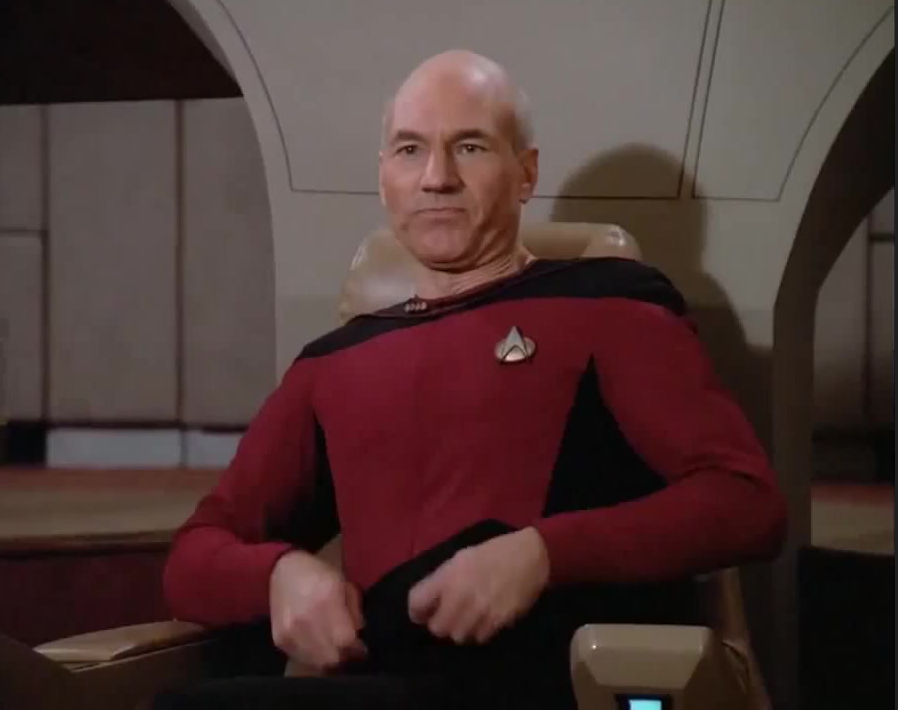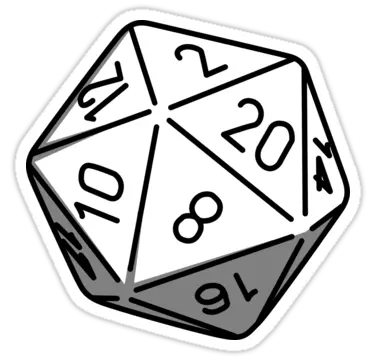The issue is in your software that displays the capacity (most likely windows).
You bought 2 TB SSD. You got 2 TB SSD. This is equivalent to 1.8 TiB (think of it like yards and meter). Windows shows you the capacity in TiB, but writes TB next to it.
Say you buy a 2.18 yard stick. You get a 2.2 yard stick, which is equivalent to 2 meter. Windows will tell you it’s 2 yards long. Why? I don’t know.
Is this like one is 1.000 and one is 1.024 (=2^10)?
Base 10 vs base 2
yes
This is where garderobe manufacturers are technically right, but theyre still dicks by (ab)using the fuck out of it.
TB = factors of 1000 which humans use, TiB is factors of 1024, which computers use.
Yes yes, they have it correct, it’s 2TB but you’re selling less than expected and you fucking know it.
Then there is also the filesystem that takes a small required cut to store your files nicely but that is almost negligible
They’ve been doing this for literally centuries.
I think it started out with a rare case of honest advertising. So for example 720K floppies were advertised as 720K. But then some
lying bastardclever marketer decided to start advertising their 720K floppies as 1MB floppies, sometimes but not always marked “unformatted capacity”.And of course this had the desired effect of making people buy their disks instead of the honestly marketed ones, because people didn’t read the small print and thought they were getting more storage, which was important before CDs were a thing and software distributions were starting to need multiple disks. So everyone had to start doing it.
This is as far back as my memory of the practice goes, so it may have started before 720K floppies were mainstream, but that’s why disk manufacturers now advertise the unformatted capacity of their drives instead of the formatted, aka usable, capacity.
they’ve been doing this for literally centuries
So it’s Friday December the fifth, 80 AD, 5:30pm, and Mozes is hacking away on his clay tables to nail down the final tally of this week’s adminstration of the amount of cows his boss owns and he goes "Mother fucker! These romans again ripped me off, sold me a clay tablet that only allows me to count to 720 cows, not the 751 I got! FUCK! Now I need another tablet and start tallying from the beginning, you mother fuckers!
They’ve been doing this for literally centuries.
*Proceeds to talk about floppy disks
How long do you think digital computers have been around?
They’ve existed in at least two centuries
Hush! Don’t point it out! Lure him into a corner and steal his time machine!
For centuries. Justification: Jesus was dead for three days: from Friday afternoon (3pm?), day 1, through Saturday, day 2, and into Sunday early morning (6am?), day 3. Total elapsed time 39 hours. Digital computers were around last century (19xx) and this century (20xx), which is two centuries by the same logic. Also two millenia, but I find “centuries” a more satisfying word. Colossus went into operation in 1943, so that’s 80 years elapsed time.
Fails to recognize exaggeration, thinks they’re clever.
Fails to aggerate, fails to be taken seriously
The result of marketing pushing base 10 numbers on an archiecture that is base 2. Fundamentally is caused by the difference of 10³ (1000) vs 2¹⁰ (1024).
Actual storage size of what you will buy is Amount = initial size * (1000/1024)^n where n is the power of 10^n for the magnitude (e.g kilo = 3, mega = 6, giga = 9, tera = 12)
Fact: This truth is intentionally manipulation.
OP is right with an applicable staturing the pic.
Solution: Sue the fuck out of all of them. Especially Samsung. Fuck Samsung everything.
its correct, the final size you see in the OS is not kilo/giga/terabytes but kibi/gibi/tebibytes. the problem is less of the drive and more of how the OS displays the value. the OS CHOOSES to display it in base 2, but drives are sold in base 10, and what is given is actually correct. Windows, being the most used one, is the most guilty of starting the trend of naming what should be kibi/gibi/tebibytes as kilo/giga/terabytes. Essentially, 2 Tera Bytes ~= 1.82 Tebibytes. many OS’ display the latter but use the former naming
Base 2 based displays and calling them kilobytes date back to the 1960s. Way before the byte was standardised to be eight bits (and according to network engineers it still isn’t you still see new RFCs using “octet”).
Granted though harddisks seem to have been base-10 based from the very beginning, with the IBM 350 storing five million 6-bit bytes. Window’s history isn’t in that kind of hardware though but CP/M and DOS, and
dirdisplayed in base 2 from the beginning (page 10):Displays the filename and size in kilobytes (1024 bytes).
Then, speaking of operating systems with actual harddrive support: In Unix
ls -lhseems to be universally base-2 based (GNU has--sito switch which I think noone ever uses).-h(and-k) are non-standard, you won’t find them in POSIX (default is to print raw number of bytes, no units).Technically correct with numbers is the only way to ever be correct, let alone right.
This is intentional, they could offer proper TiB storage but Apple started doing this decades ago just to shave pennies and now it’s caught on
I know this a a joke but in case some people are actually curious: The manufacturer gives the capacity in Terabytes (= 1 Trillion Bytes) and the operating system probably shows it in Tebibytes (1024^4 Bytes ≈ 1.1 Trillion Bytes). So 2 Terabytes are two trillion bytes which is approximately 1.82 Tebibytes
Did you forget to send in the mail-in rebate?
I’d be thrilled if the SSD I bought ended up being almost 8x larger than advertised! Does beg the question of why you’re buying 250GB SSDs in 2023 but I’m not here to judge.
Funnily enough, the meme still works. They wanted 0.2 TB, goddammit, not some hugely oversized 1.8 TB hard drive.
250gb ssd could be used as a boot drive while you use a hdd to store your files
deleted by creator
Same here 256gb ssd owner ill prefer to get something a little bit bigger but I also have a secondary hdd though to store all my files on which makes everything all good
Instead of that we should protest against si k should be K
- B
- kB < — Imposter
- MB
- GB
- TB
- PB
(Since this is SI it’s powers of 10^3 not 2^10 when going one level up)
Big K is Kelvins (temperature), so the multiplier had to be little k
How unfortunate However, KiB
Wait until you find out about Calories vs calories
and
μshould beumaybe… why throw in a random non-latin character? is it for the sake of anti-anglocentrism?
It is 2tb. If you look in your drive manager you will see: 2tb. The 0.2tb missing are from the formatting
in small print 2TiB*
From wikipedia:
More than one system exists to define unit multiples based on the byte. Some systems are based on powers of 10, following the International System of Units (SI), which defines for example the prefix kilo as 1000 (103); other systems are based on powers of 2.
Your system calculates 1 terabyte as 1 tebibyte which is 2^40 bytes=1,099,511,627,776 bytes and the hardware manufacturers calculate 1 terabyte as 1 terabyte which is 10^12=1,000,000,000,000 bytes. That is where the discrepancy is.
Maybe it was 2 Tebibytes?
That would be 2.2 terabytes. You are on the right track though and metric system conversion is part of the problem. 1000GB != 1024GB. 1,024GB is correct while HDD manufacturers use 1,000GB, which is also correct, but still not equal to 1024GB. (I just confused myself thinking through the conversions, but you get the idea.)
The other part of the problem is hidden partitions used for recovery or performance. There are other things like FAT and such, but I don’t know the modern file layouts these days. (Its probably the same as it always was, TBH.)
The space is usually, mostly, there. It’s just hidden and preallocated.
Edit: Forgot about boot partitions as well. That’s a thing. Additionally, I have seen more than one instance of someone doing 1:1 drive copies without adjusting the partitions for a larger drive. That is less common these days but probably still happens.
Imagine buying 14TB and find out that it is 12TB instead.
I’ve always known the advertised space is larger than the actual space, but it was never quite the shock as it was when I recently bought an 18TB external drive with ~16 TB usable.
It was so during the age of floppy discs. Our computers use TiB, marketers use TB to sell storage
The biggest problem is that Windows still calls TiB and friends with si prefixes (so 1TiB shows as 1TB). MS has done this since DOS (but at least back then MiB didn’t exist. They could’ve used base 10 though).
TiB (and the related) didn’t get named until recently, and I think only Linux uses those abbreviations — and not universally — windows still says kB, mB etc, while using the binary equivalents
“recently”, they are the standard for almost 25 years now.
18 “TB” with ~16 TiB usable 😞 they scammed us so hard they renamed TB and GB










